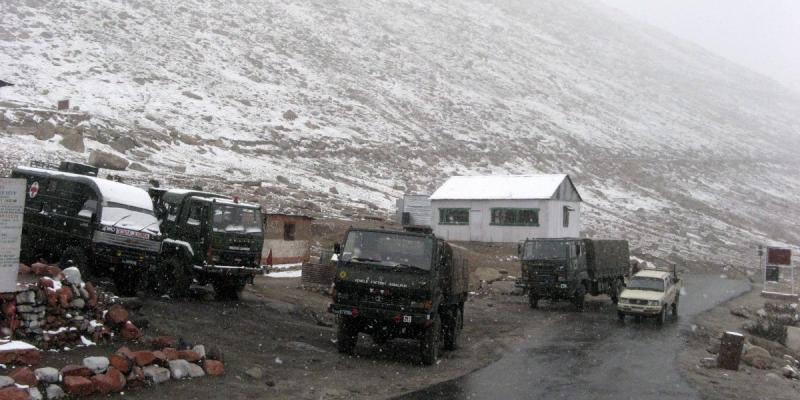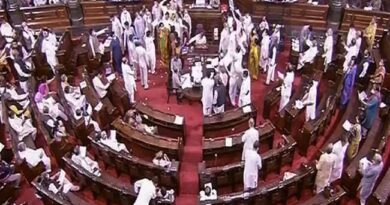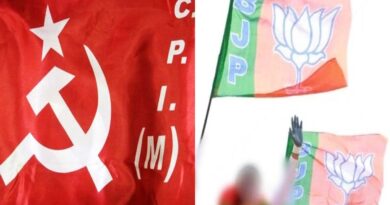China’s Stubborn Stance Did Not Change Even After Galwan Clash
China’s stubborn stance did not change even after a year of Galwan clash, know-how is India’s preparedness to respond.
The military dispute between India and China has not been settled despite a year of bloody skirmishes between Indian soldiers with Chinese troops in Galwan Valley on the LAC in eastern Ladakh.
Obstinate China is still occupying the Line of Control. There have been 11 rounds of military talks between the two countries, but the prospects of peace on the border are not visible far and wide.
It is only a matter of satisfaction that both the countries have agreed to resolve this issue peacefully.
50-60 thousand soldiers of India deployed.
During the controversy that has been going on for more than a year, India’s effort has been to face its opponent with better preparation.
While India has deployed 50 to 60 thousand soldiers in this area, it has also improved its infrastructure. A network of all-weather roads has been laid for the smooth movement of the army.
In winter, when the temperature here reaches down to minus 40 degrees Celsius, even then by not reducing the number of soldiers, they have been kept ready to deal with any situation.
China’s stubborn stance did not change: Keeping a close watch on the activities of the Chinese army.
Army Chief MM Naravane, who visited the region last month, had said that our jawans are keeping a watchful eye on the activities of the Chinese Army (PLA) along the LAC.
He said that India has made it clear to China that only after the withdrawal of the desired armies of both countries, military tension on the border will be considered to be reduced.
He said that even after the forces of both the countries withdrew from near Pangong Lake, there has been no reduction in our surveillance. We want to restore the status quo as of April 2020.
Lack of trust in both countries.
The army chief said that China has deployed 50 to 60 thousand soldiers in this area. India has also deployed the same number of its soldiers (mirror deployment) in response.
He said that even after the withdrawal of the two armies from the Pangong Lake area and 11 rounds of military talks, there is no hope of reaching any solution between the two countries.
Still, we are trying to find a way out for the collision points of Hat Spring, Gogra, and Depsang. He also said that there is a great lack of trust between the two countries but this should not come in the way of finding a way out.
It is noteworthy that 20 Indian soldiers, including Commanding Officer Colonel Santosh Babu, had attained martyrdom in the bloody skirmish between the soldiers of both countries on June 15 in the Galwan Valley last year.
In this incident, China also accepted the death of four of its soldiers much later.
However, US intelligence agencies had said that about 40 Chinese soldiers were killed in this clash.
Patrol Point 14 was declared as No Patrol Point after this encounter created a war-like situation. The armies of both the countries retreated 1.5 km from each other and a buffer zone was created here.
Similarly, in the month of August, once again a war-like situation prevailed at Pangong Lake when Indian troops captured some strategically important hills and gained an edge over Chinese troops.
At present, both armies are ready on the front with full preparation. China has increased surveillance of the area with unmanned aircraft (UAVs)




